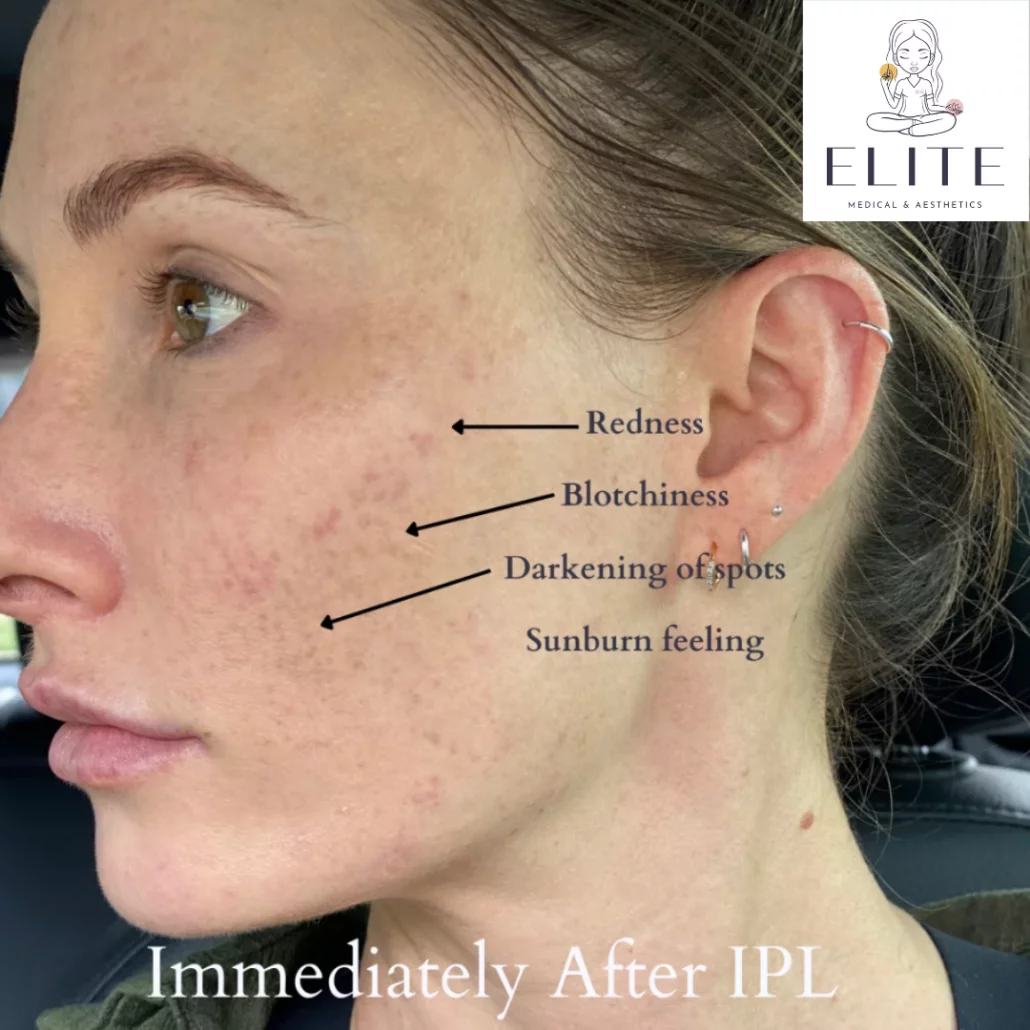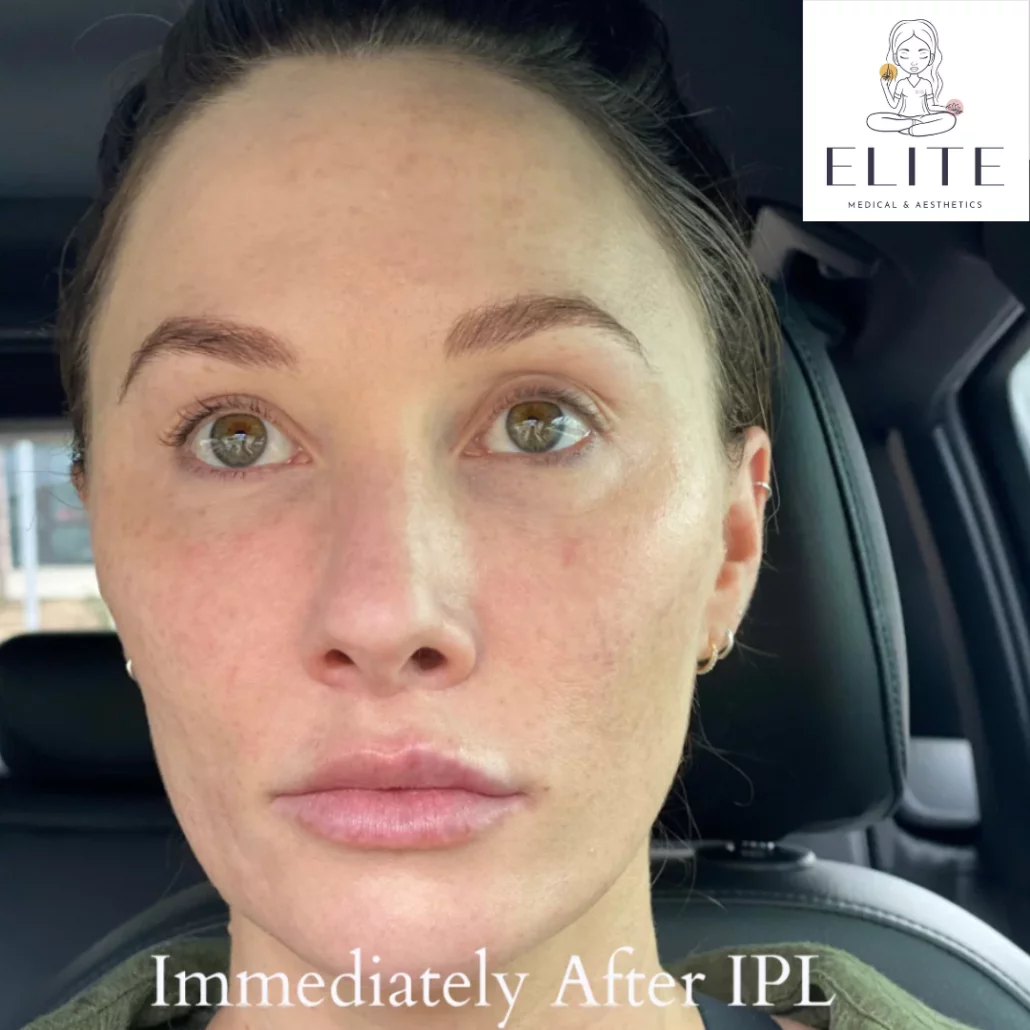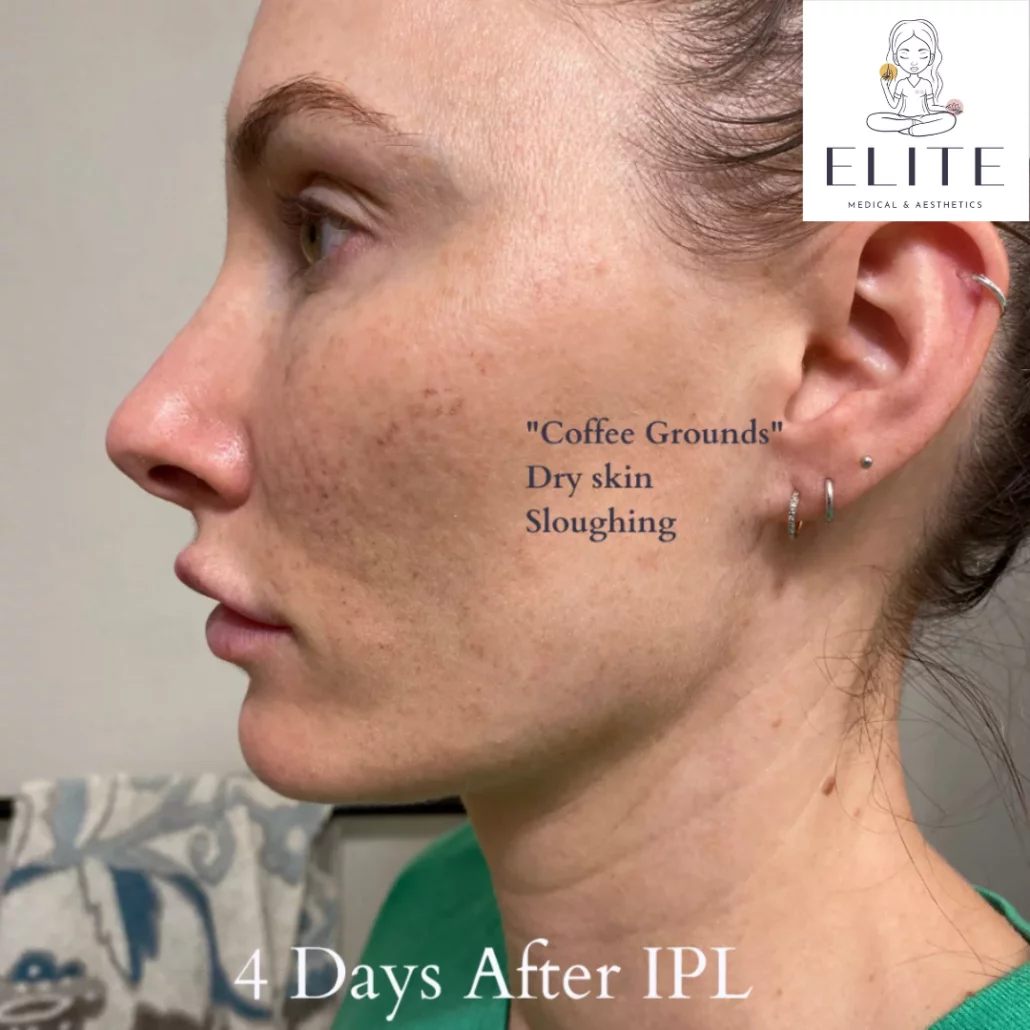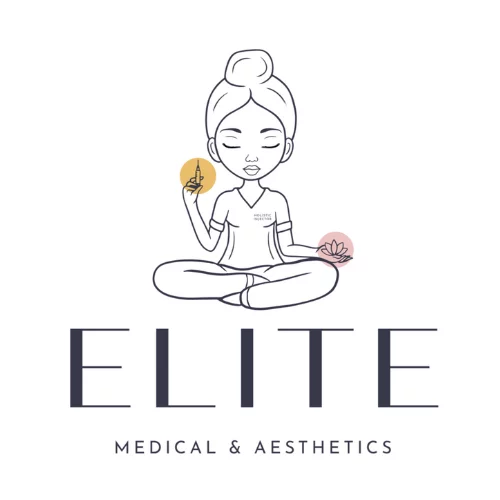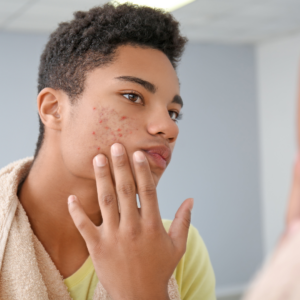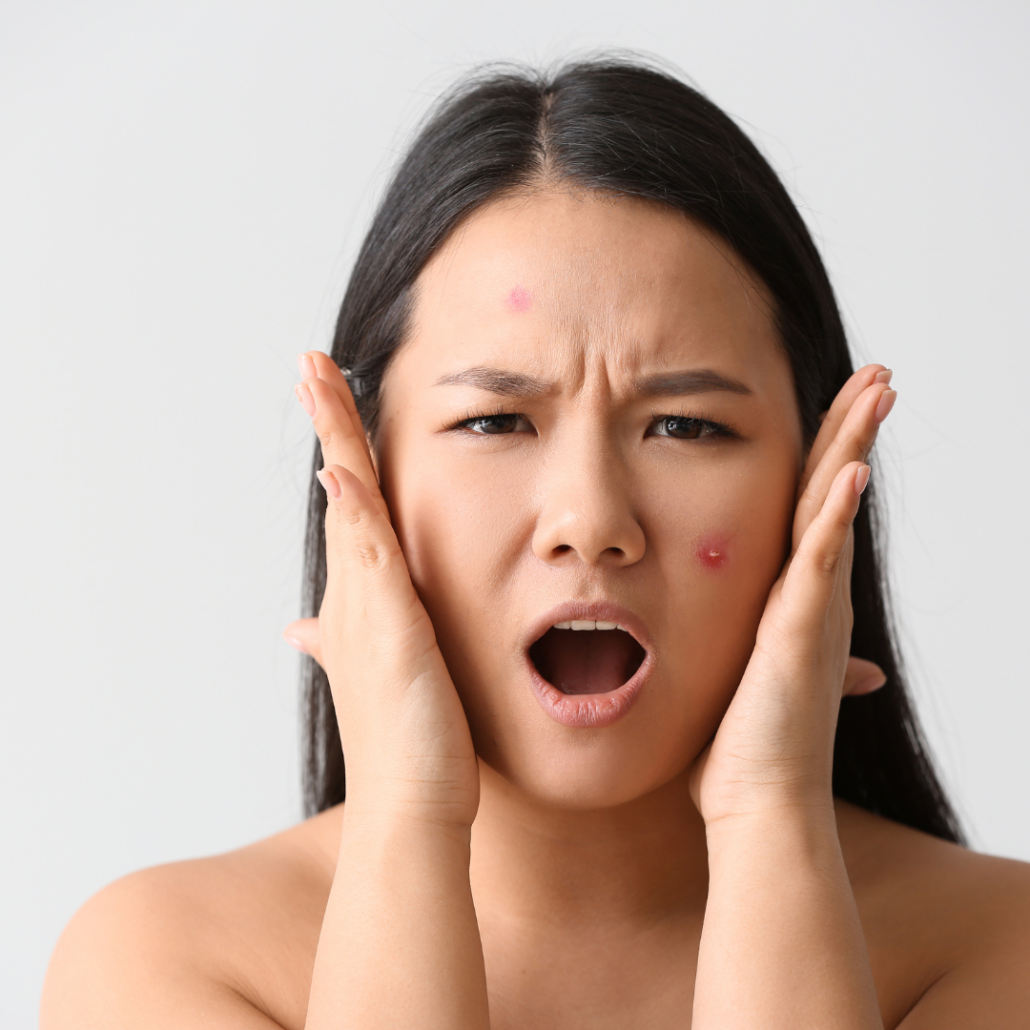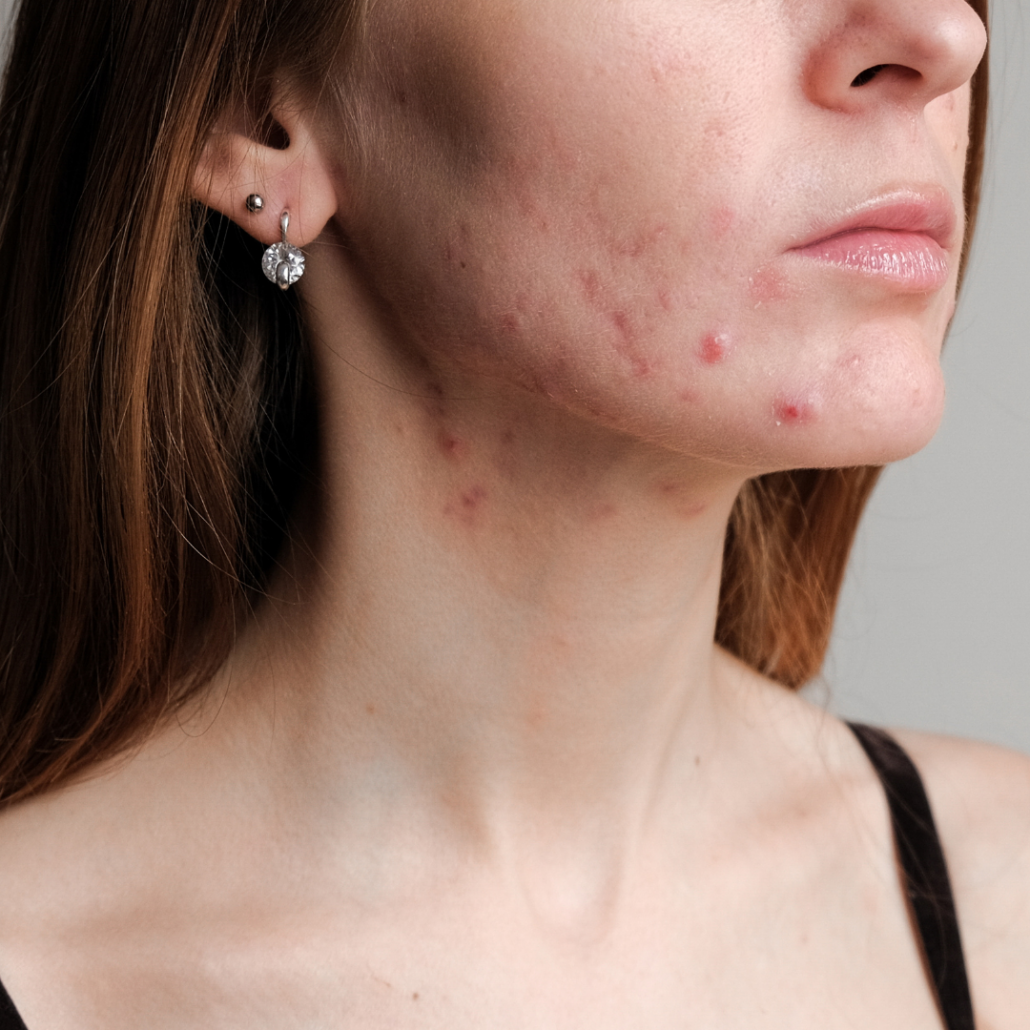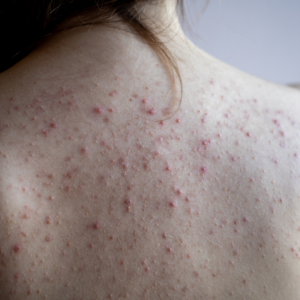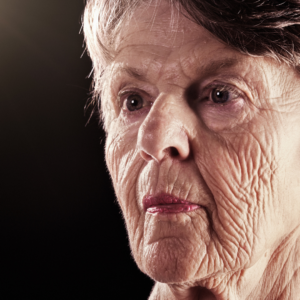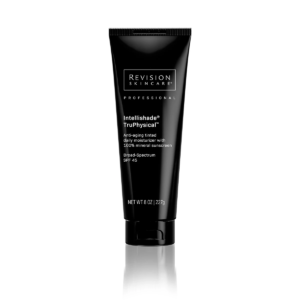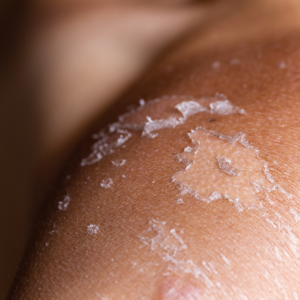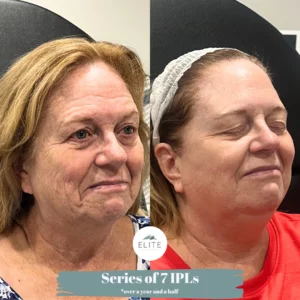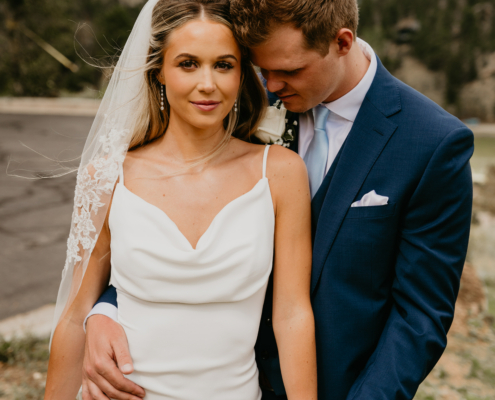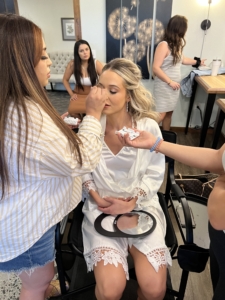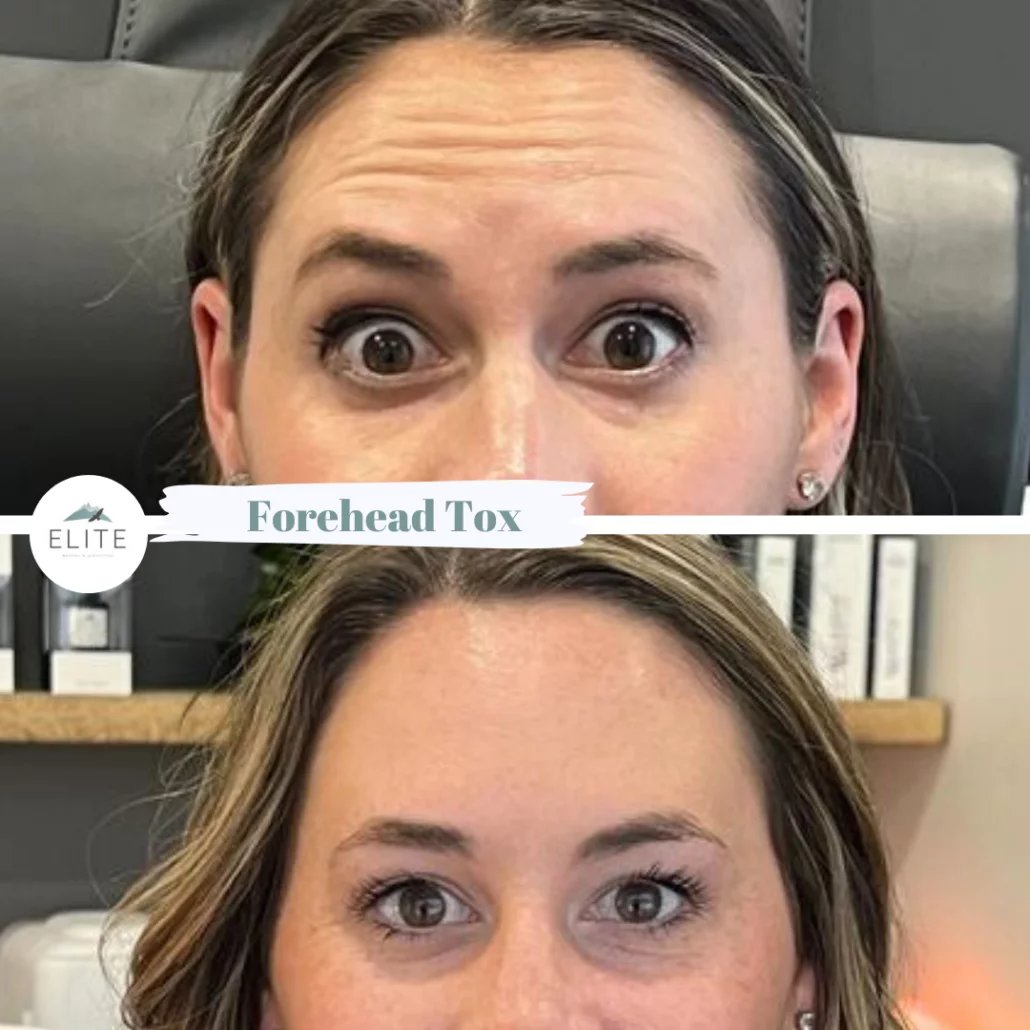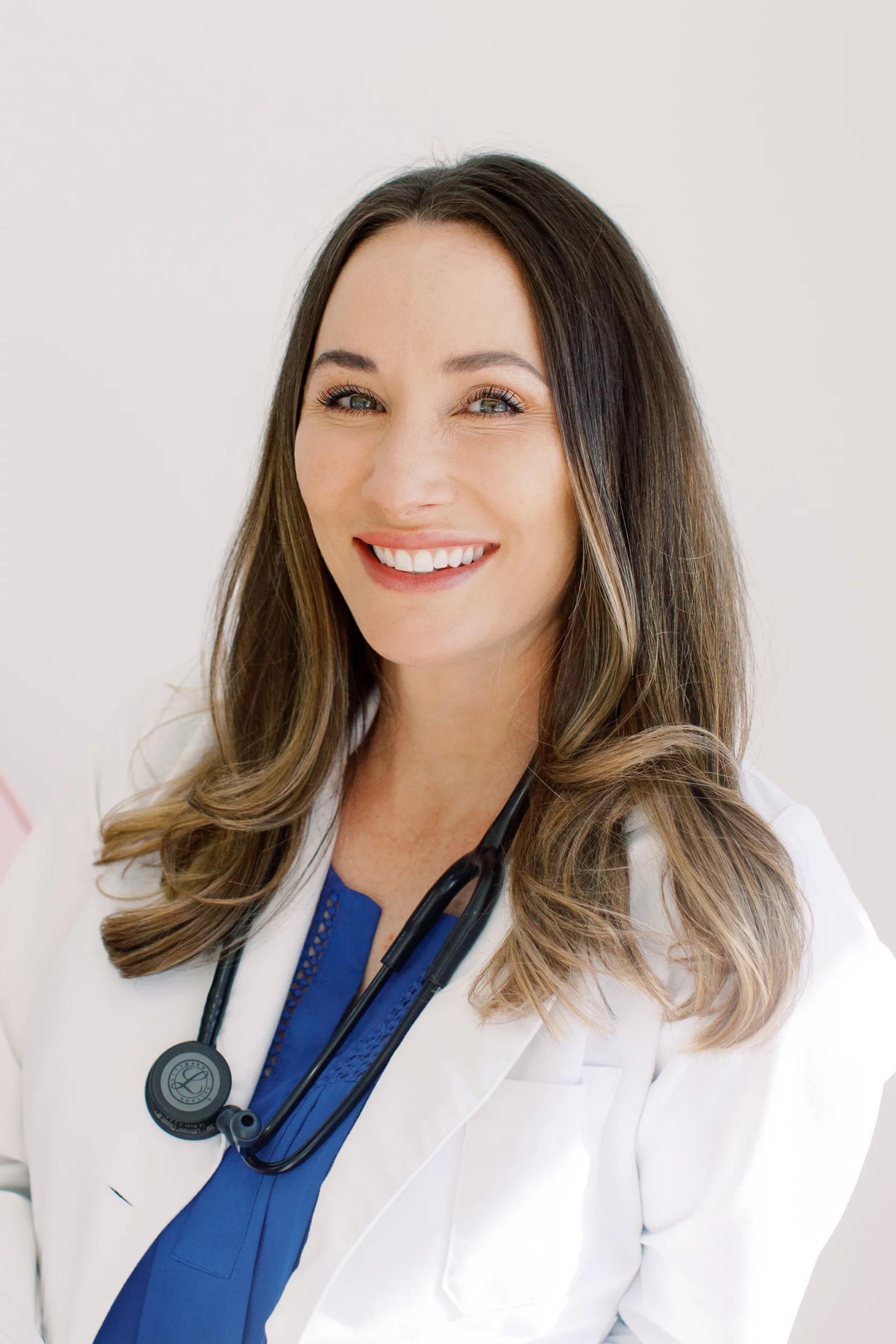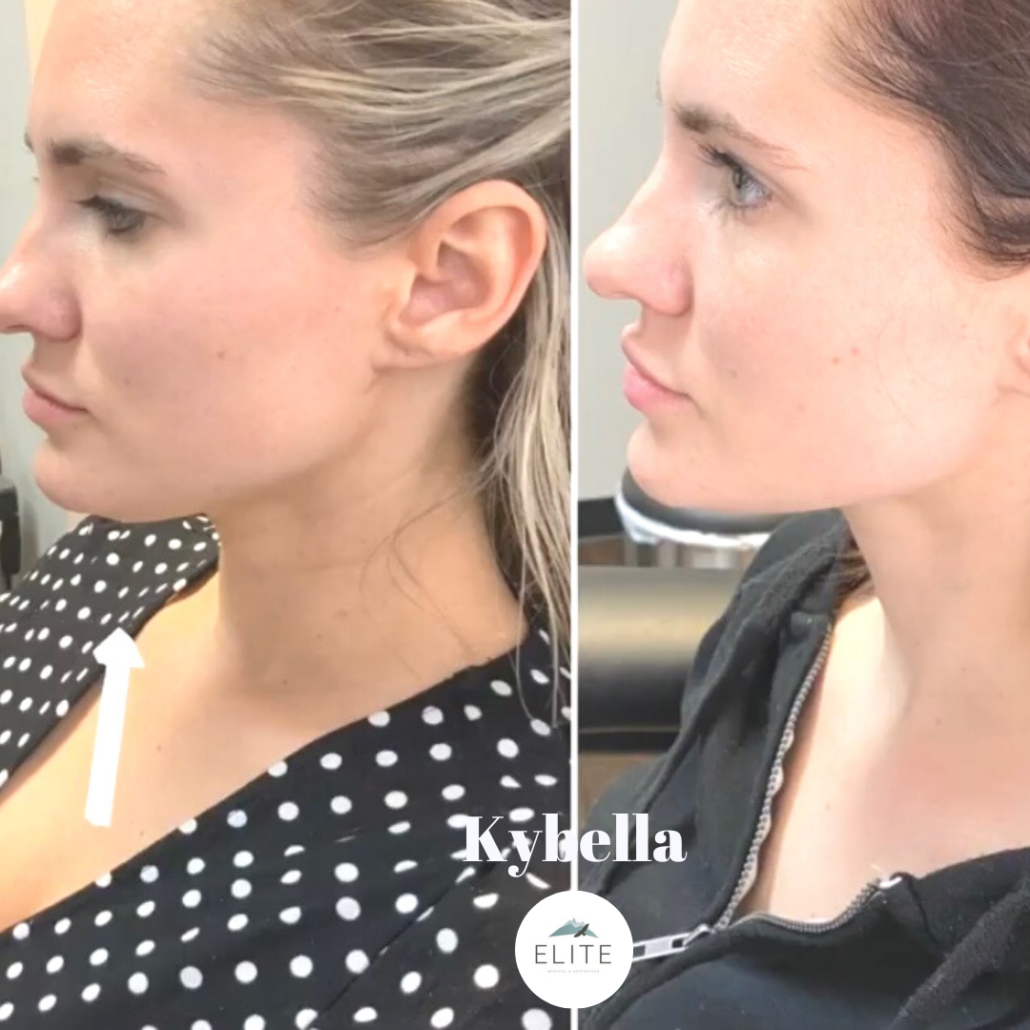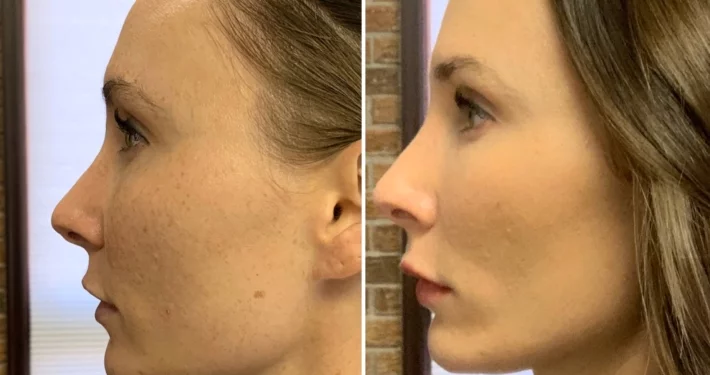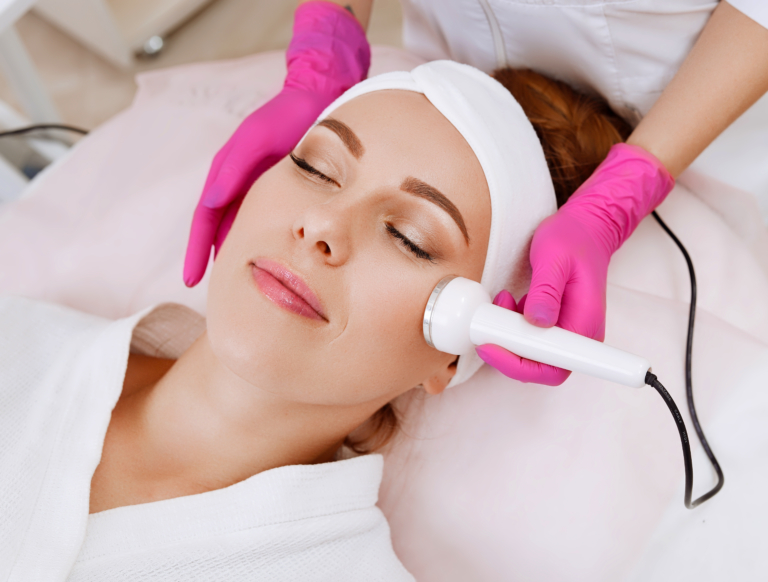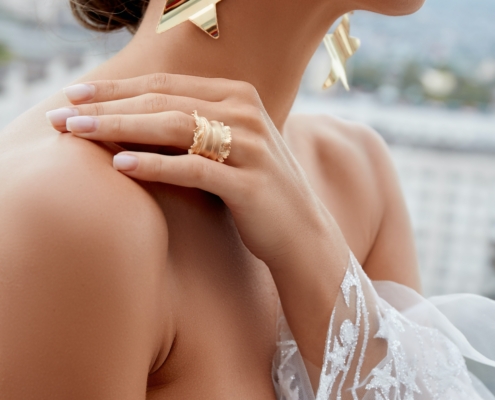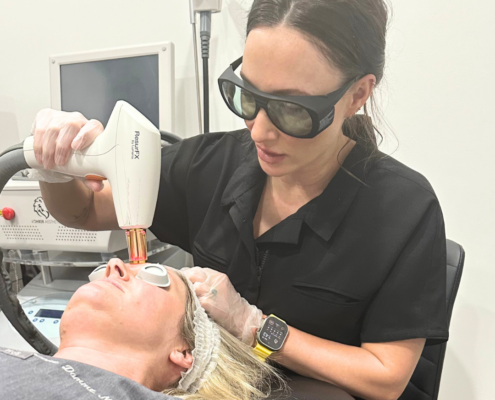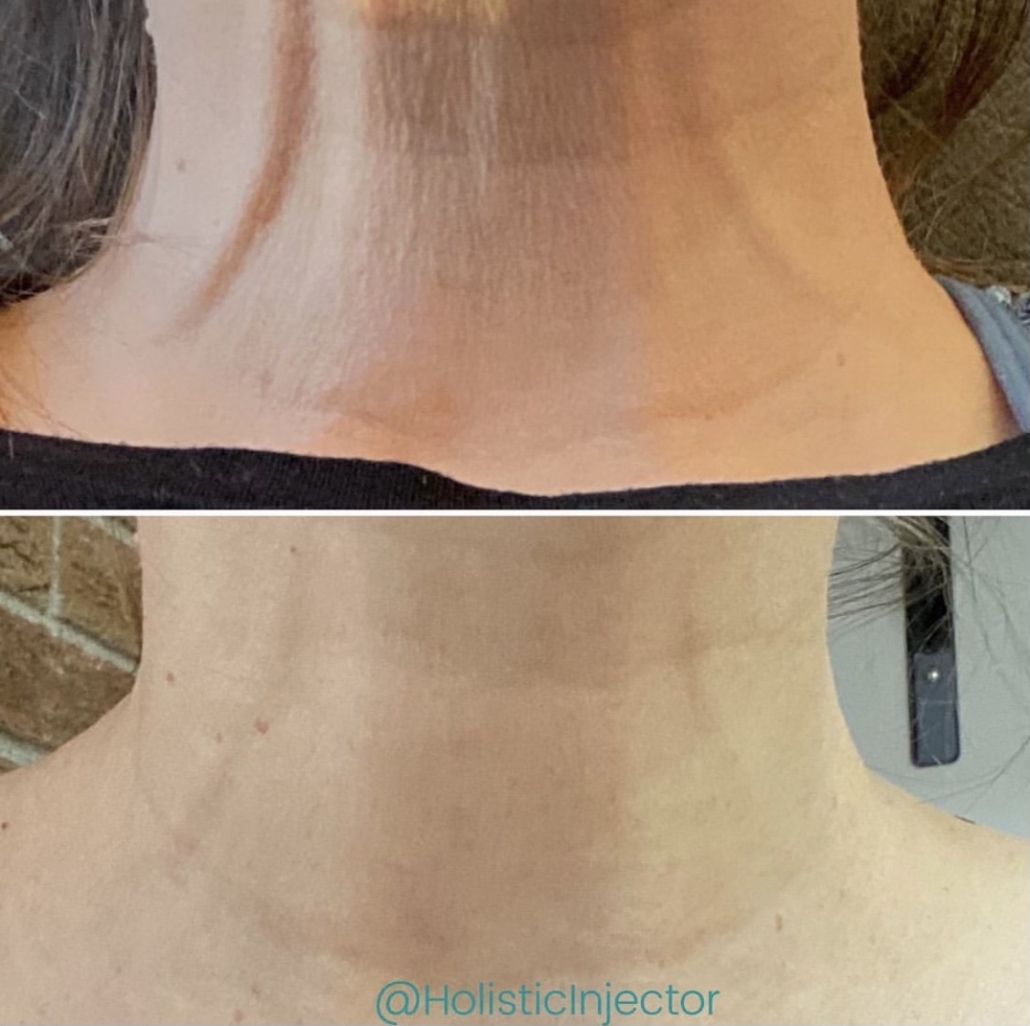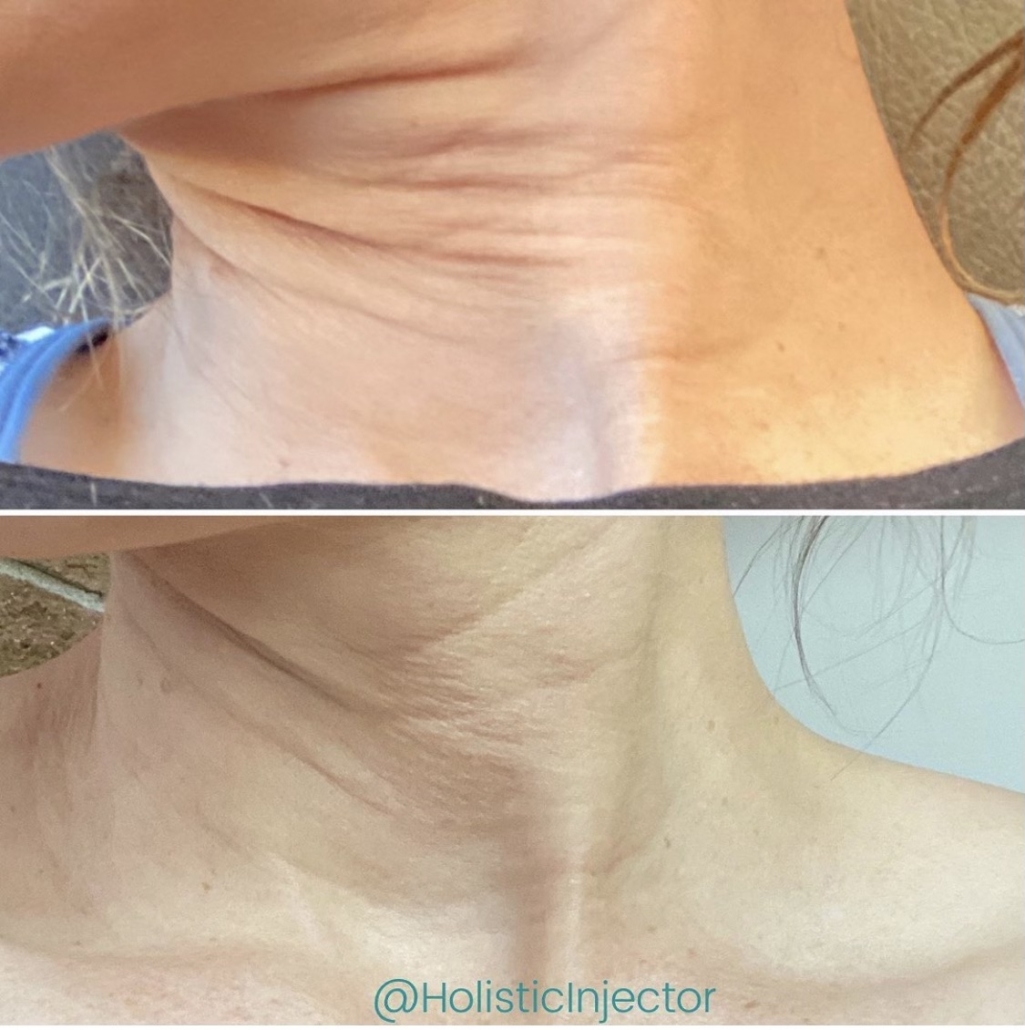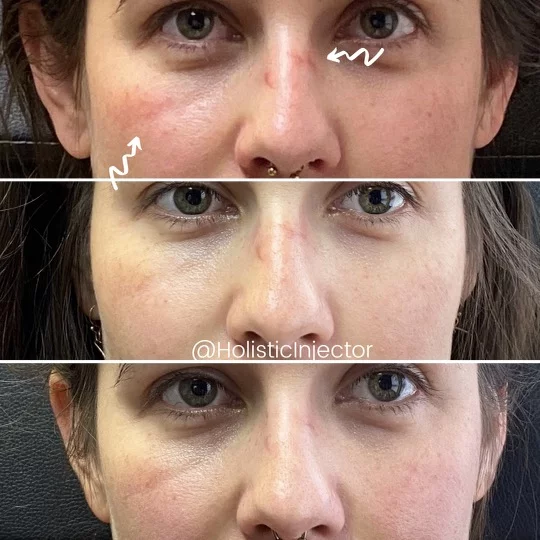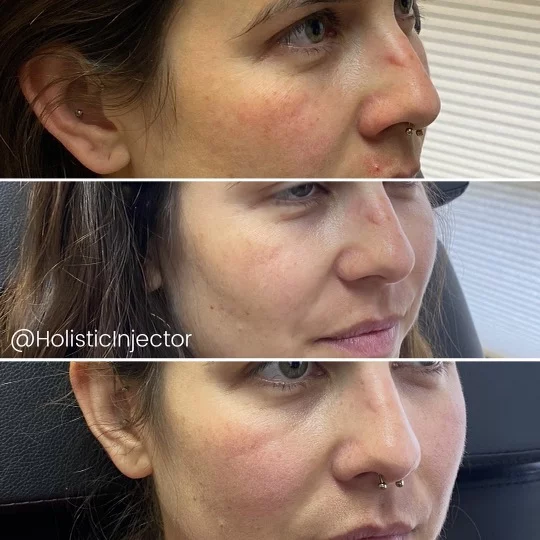All About Under Eyes
/in Fillers, Laser and IPL /by Mary Beth MartinIntroduction
Under eye concerns are a common topic of conversations here at EMA. Whether the concern is dark circles, puffiness, hollowing, or a blue-ish discoloration, this blog will guide you towards an aesthetic treatment(s) that are appropriate for each concern.
For a quick 3 min explanation of the most common concerns, watch this video below:
Table of Contents
Under Eye Hollowing:
What is under eye hollowing?
Under eye hollowing, often referred to as tear troughs, is simply the loss of volume/fat underneath the eye socket that may cause someone to look really tired, older than they are, or even sickly.
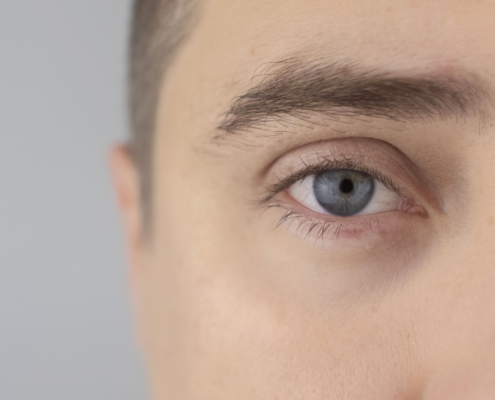
What causes under eye hollowing?
There can be several factors the lead to or cause under eye hollowing, but some of the main causes include the following:
- Genetics
- Natural aging process
- Extreme weight loss
- Dehydration
- Lack of sleep/exhaustion
- Lack of proper nutrients
What treatments can I have done for under eye hollowing?
The best aesthetic treatment for under eye hollowing consists of dermal filler and cheek filler to give the under eye area support if there is a volume deficit. The type of dermal filler will be chosen by the provider/injector after a consultation and anatomy assessment, but some of the more popular filler products for this concern include: Belotero, Restylane, or RHA.
This area is very tricky when it comes to injecting, and oftentimes the area is not treated properly, or is over-filled, leaving the under eyes looking puffy. Ensure you see a licensed, experienced injector before going through with this treatment if you are a good candidate.
Below is a before and after image of under eye filler for a candidate that had hollowing, courtesy of Ali Wagstaff, NP.
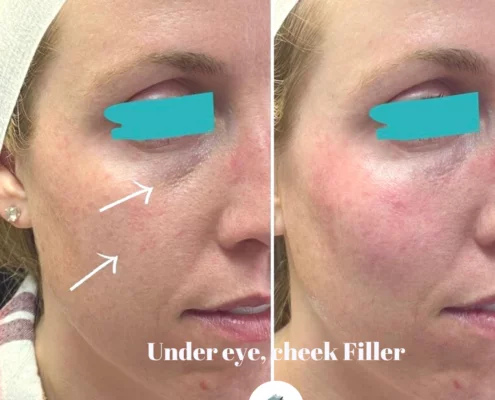
To learn more about under eye filler, specifically, click the button below.
How long does under eye filler last?
On average, under eye filler lasts about 12 months. This time frame can also be dependent on the type of filler used and the individual’s lifestyle, age, and severity of hollowing. We recommend talking with your provider to understand realistic expectations with your treatment.
Under Eye Bags:
What are under eye bags?
Under eye bags are usually associated with raised pockets underneath the eye area that are puffy and may be slightly swollen or tender to the touch.
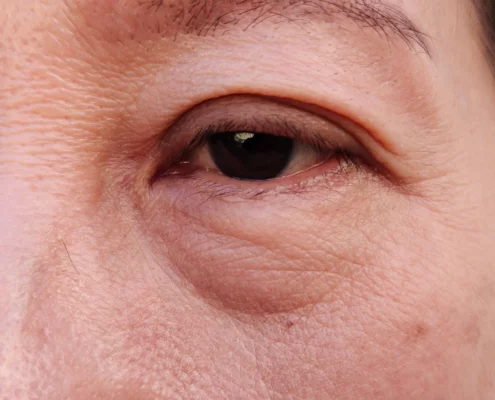
What causes under eye bags?
The cause of under eye bags differ for each individual, but some common causes of under eye bags are listed below:
- Natural aging process
- Weakening of muscle/tissue under the eye
- Genetics
- Fluid retention
- Lifestyle and diet
What are the best treatments for under eye bags?
The best aesthetic treatments for under eye bag concerns include: RF Microneedling, referral for Agnes RF, and surgical referral to a plastic surgeon. At Elite, we have successfully treated under eye bags using our RF Microneedling device. It works by reducing the fat pad and also creating collagen in the treated area which in turns thickens and strengthens the skin to lessen the appearance of the raised under eye bags. This treatment can take time and multiple sessions to see improvement.
- Below is a before and after image of a client wanting to improve under eye bags. Treatment results courtesy of Ali Wagstaff, NP
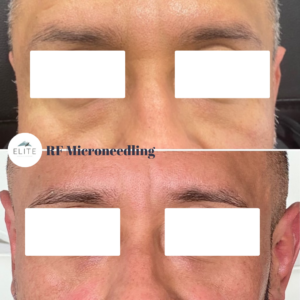
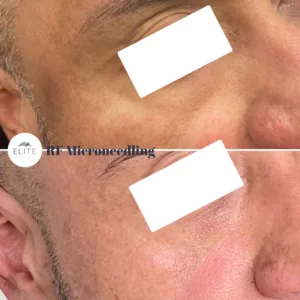
To learn more about RF microneedling, specifically, click the button below.
Can I permanently get rid of under eye bags?
The best way to permanently get rid of under eye bags is surgical referral to a plastic surgeon. In most cases, they will suggest removing the excess skin and fat pad via a procedure called a blepharoplasty. We recommend seeing a licensed, well experienced plastic surgeon for this concern if you are not a good candidate for minimally invasive aesthetic treatments.
Under Eye Darkening:
What are dark under eye circles?
Dark under eye circles are usually associated with darkening color underneath the eye area that can look tan or gray-ish. Learn more about the causes of this below:

What causes dark under eye circles?
Dark circles usually appear from the following causes:
- Genetics/a family history of dark under eye circles
- Lifestyle- dehydration, lack of nutrients, allergies
- Exhaustion or excessive stress
What are the best treatments for dark under eye circles?
The best aesthetic treatments for dark under eye circles include topical products like hyrdoquinone, laser treatments such as IPL or ResurFX, and sometimes a lightening chemical peel.
- Lightening topical products work well to even the skin tone and reduce the visibility of the darkness under the eyes, however this treatment can take time and consistency to see improvement.
- Laser treatments like IPL and ResurFX work to lighten the area too, via light technology and resurfacing attributes. A series of laser treatments are usually needed to see improvement, but we recommend to consult with a provider to see which laser would be best for your concerns.
- Lastly, some chemical peels may be beneficial, as certain lightening acids can even out the skin tone (must proceed with caution around the eye area).
To learn more about IPL/lasers, specifically, click the button below.
Blue Discoloration:
What is blue discoloration under the eyes?
Blue discoloration is a type of dark under eye circle that can be classified as “A blue or purple hue to the under eye skin”.
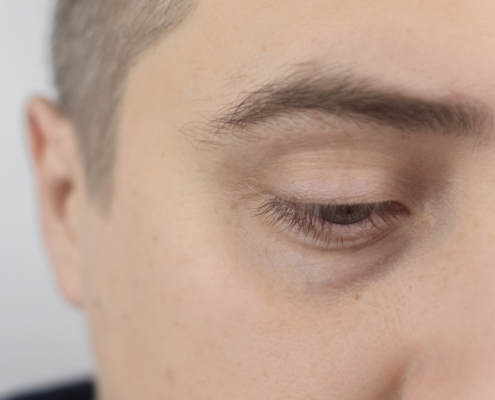
What causes blue discoloration under the eyes?
Having a blue discoloration under the eye are can be a result of the following causes:
- Fair skin that shows the blood vessels underneath
- Thin skin tissue in the area
- Poorly placed filler
- Genetics
- Exhaustion
What are the best treatments for blue discoloration under the eyes?
The best aesthetic treatments for this under eye concern is to dissolve old dermal filler if it is present. Then try treatments that thicken the under eye skin such as: PRP/PRF injections, RF Microneedling and regular microneedling. Other than the above there is not a lot to be done about this since the blue color is coming from the (presumed healthy) blood vessels around the eyes.
Can under eye circles be removed naturally?
The short answer on whether dark circles can be removed naturally depends on the underlying cause. If they are from lack of sleep or poor nutrition then some improvement may be seen with better sleep and nutrition.
If there is genetic hyperpigmentation (darkening) then usually medical grade products and procedures are needed for lasting effects. However, a small modest change may be seen with at home topicals like retinoids and vitamin C and of course using a concealer.
Remember that whatever you buy over the counter is usually 1/2 the strength and only 70% pure whereas medical grade can be prescription strength and must be 99% pure.
Overall, it is best to consult with a trusted provider to discuss your under eye concerns, and the best treatments that can help you achieve results. If you are located in the Lone Tree, CO area be sure to schedule a consultation below.

